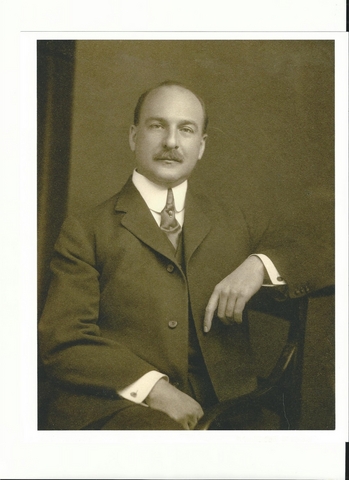NEW CASTLE COUNTY
Christina
Claymont
Delaware City
Hockessin
Marshallton
Matthews Corner
Odessa
Port Penn
Kirkwood
Middle town
Newark
Newport
Summit Bridge
Ebenezer
Green Spring
Iron Hill
Lee Chapel
Taylor’s Bridge
Buttonwood
Williamsville/Bethesda
Townsend
Booker T. Washington
Bethesda Colored
Wilmington
KENT COUNTY
Blanco
Dover High
John Wesley
Lockwood
Milford
Raymond’s Neck
Sandfield
Smyrna
Union
Willow Grove
Williamsville
Berrytown
Blackiston
Brownsville
Clayton
Dover
Harrington
Kenton
Parker’s Chapel
Reeve’s Crossing
St. Joan’s Neck
Viola
Mt. Olive
White Oak
Wood side
Carlisle
SUSSEX COUNTY
Backwater
Bridgeville
Frankfort
Friendship
Hollyville
Laurel
Lewes
Millsboro
Milton
Nassau
Rabbit’s Ferry
Seaford
Selbyville
Warwick #1
Greenwood
Williamsville
Blocksom
Concord
Warwick #2
Georgetown
Portsville
Ross’s point
Slaughter Neck
Trinity
Ellendale
Lowes X Roads
Owens’s Corner
Rehoboth
Drawbridge
Middleford
Roxana
Delmar
Lincoln
AFRICAN AMERICAN SCHOOLS COMPLETED
1922-1925
1922-1925
Until the second decade of the twentieth century, Delaware did not have anything resembling a statewide school system. Until 1875, no public money was spent on African American education. There were some private elementary schools for black schoolchildren, but these were horribly underfunded even by Delaware standards, 1818 few changes were made. Still, as late as 1911, the state was only spending on average $427.86 to support white schools and only $273.24 for the
typical African American Schools.
Delaware was the only state in the union with a segregated system for collecting school taxes.
Part of the reason for this is that until the Progressive era, the aware legislature was dominated by the rabidly racist Democratic Party whose main power base was the rural southern counties (Kent and Sussex). Since Delaware had remained loyal to the North during the Civil War, it was
untouched by Reconstruction and its African American residents did not benefit from the Freedman Bureau schools that were established elsewhere during the post-Civil War era.
In the early twentieth century, the political landscape began to change with the rise of an urban-based progressive party reflecting the progressive Republican Party reflecting the
state's economic changes. The election of Henry A. du Pont to the Senate in 1906 and progressive governor to the state house in 1912 and 1916 created a political climate that made educational reform possible.
Drs. Abraham Flexner and Frank Bachman of Columbia University's Teacher's College noted that Delaware was maintaining a dual school system divided by race. Since local school revenue primarily depended on real property of which African American had little, black schools were separate but certainly not equal to the white schools.
Teacher salaries at black school averaged two-third of those at white schools. In addition, there were never enough local funds to maintain black schools or to build new ones. Flexner noted,
"no such anomalous and undemocratic arrangement [could ]be found in any other state of the union."
Pierre du Pont enthusiastically embraced the Flexner report and its reform agenda. In 1919, he set up a trust fund to administer a $2,000.000 school construction fund. He accepted a gubernatorial appointment to the state school board and became commissioner in order to help rationalize the collection of school taxes and root out local corruption.
One of the problems that were identified was "Negro School Attendance." Absenteeism was a particular problem in the African American community since students were constantly being removed from school to perform farm labor. The dilapidated school buildings were also thought to have demoralized many African American students and their parents.
By the end of the 1920's du Pont provided sufficient funds to reconstruct the entire school plant that used uniform plans professional architects and engineers, careful field reports, the most modern equipment available and careful auditing.
In 1924, Buttonwood School was built in the city of New Castle. As one would expect, the African American community responded to these school reforms with enthusiasm. School attendance increase dramatically as many parents hope that the new schools and approach to education would open up economic opportunity to their children
 Pierre du Pont
Pierre du PontWhy did one of the nation’s wealthiest men make a commitment to African American Public
education?